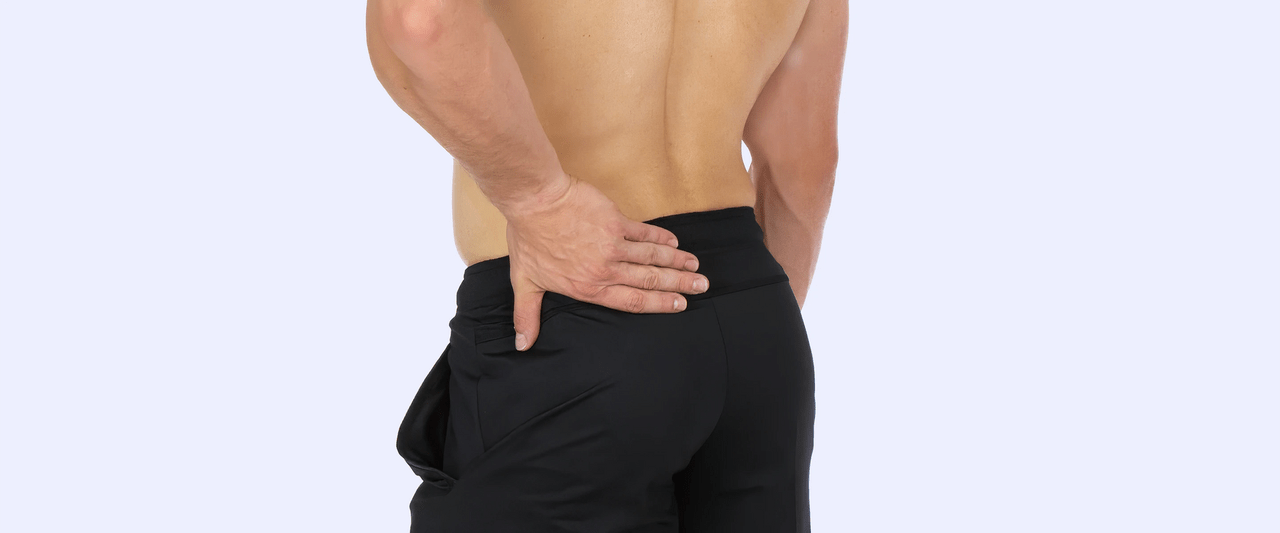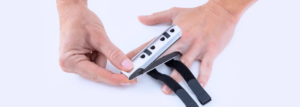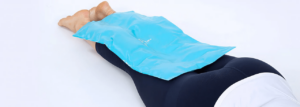Understanding a Herniated Disc Injury
What is a Herniated Disc? Causes Risk Factors Symptoms Diagnosis Recovering
A herniated disc, also known as a ruptured or slipped disc, is a common source of back pain or neck pain. Disc herniation can also cause pain, weakness, and numbness in the arms and legs. Luckily, there are many treatments available to alleviate symptoms and prevent complications. Read on to discover more about treating a herniated disc in the back or neck.
What is a Herniated Disc?
Spinal discs are positioned in between each of the twenty-four individual bones (vertebrae) in the spine. Six are located in the neck (cervical region) and seventeen in the middle and lower back. The discs are like rubbery cushions that absorb shock, facilitate flexible spinal motion, and reduce friction between the bones.
Types of Herniated Discs
Each of the twenty-three discs is made of two parts—a sturdy exterior (anulus fibrosis) and a soft interior (nucleus pulposus). Damage occurs to a disc when a weak spot develops in the hard exterior.
This leads to four potential stages of a disc herniation.
1, Disc degeneration
There is a small deformation in the anulus causing the soft inside to change shape.
2, Protrusion
There is a significant deformation, or bulge, in the anulus but it is still able to hold the contents of nucelus pulposus.
3, Extrusion
This is considered a complete herniation. The disc interior is now outside the original disc space due to full degradation of the outer anulus (in one area).
4, Sequestration
In this stage, the soft inside has completed exuded outside the disc space. Additionally, the soft inner disc has ruptured and is essentially “leaking” into other areas of the spine.
With any stage of disc dysfunction, it can lead to excessive pressure on surrounding tissues such as nerves, muscles, and the spinal cord itself. With stage 4, the inner core of the disc contains inflammatory proteins that cause irritation to the disc wall, spinal cord, or nearby nerves. These are all reasons that a herniated disc injury causes pain, weakness, and other symptoms throughout the back and limbs.
Herniated Disc Causes
There are many reasons for disc herniation, including:
Normal Wear and Tear
Wear and tear is a natural part of the aging process and is the most common cause of a herniated disc. It results from a loss of elasticity and water content in the discs, which makes them less flexible.
Improper Movement
When discs become less flexible, they are more susceptible to injury caused by improper movement. For example, lifting with your back instead of your legs can lead to a herniated disc in the lower back
Injury
Less commonly, you may get a herniated disc after a fall or blow to the back. Other traumatic injuries, such as whiplash, may cause a herniated disc in the neck.
Risk Factors
Several factors increase your risk of getting a herniated disc, including:
- Older adults are more likely to have weaker and less flexible spinal discs.
- Family history. People with a close family member that suffered spinal problems have a greater risk of disc herniation.
- Your job or hobbies. If you have a desk job that involves sitting for long periods, or you repeatedly carry out actions that put pressure on your back, you are more likely to experience tears in your spinal discs.
- Being overweight. Carrying extra pounds puts more strain on the structures in the spine, including the discs. This is especially true if you carry most of your weight around your middle.
- Poor diet. Just like the rest of the body, the spinal discs require adequate nutrition to stay healthy and supple.
- Tobacco stops nutrients getting to the spine, as well as other areas of the body. It also contains toxins that affect the discs.
Herniated Disc Symptoms
Not everyone with a herniated disc experiences symptoms, but some do. Most people don’t realize they have (or seek help for) a herniated disc until they experience pain. Which areas and symptoms are present depends on what spine level the herniation occurs at.
Lumbar Herniated Disc Symptoms
- Generalized pain in the low back.
- Sharp shooting pain, numbness, and weakness in the lower back or legs.
- In severe cases, loss of bowel or bladder control.
Cervical Herniated Disc Symptoms
- Generalized pain in the neck and shoulders.
- Sharp shooting pain, numbness, and weakness in the neck, shoulder blades, and/or arms.
- In severe cases, loss of balance and coordination of the entire body.
Herniated Disc Diagnosis
To diagnose a herniated disc, your doctor will typically ask for a medical history before performing a physical examination. This involves:
- Checking your back and neck for pain or tenderness
- Asking you to move about in various ways
- Watching you walk around and move to see your range of motion
- Testing your reaction to pinpricks, vibrations, and other forms of touch
- Checking your reflexes and muscle strength
If the doctor is unsure about the diagnosis, they may order:
- X-rays, to check for other causes of back pain, such as a broken bone
- CT scans, to check the structure of the spinal column
- MRI scans, which can confirm the location of a herniated disc or nerve problems
- Electromyograms, to test the function of nerves and discover the location of nerve damage
Recovering from a Herniated Disc
If you’re suffering from pain associated with a herniated disc, keep reading to learn ways that you can effectively treat your pain and prevent future injury. For persistent or chronic pain, we always recommend talking with your doctor to develop an appropriate treatment tailored to your needs.






